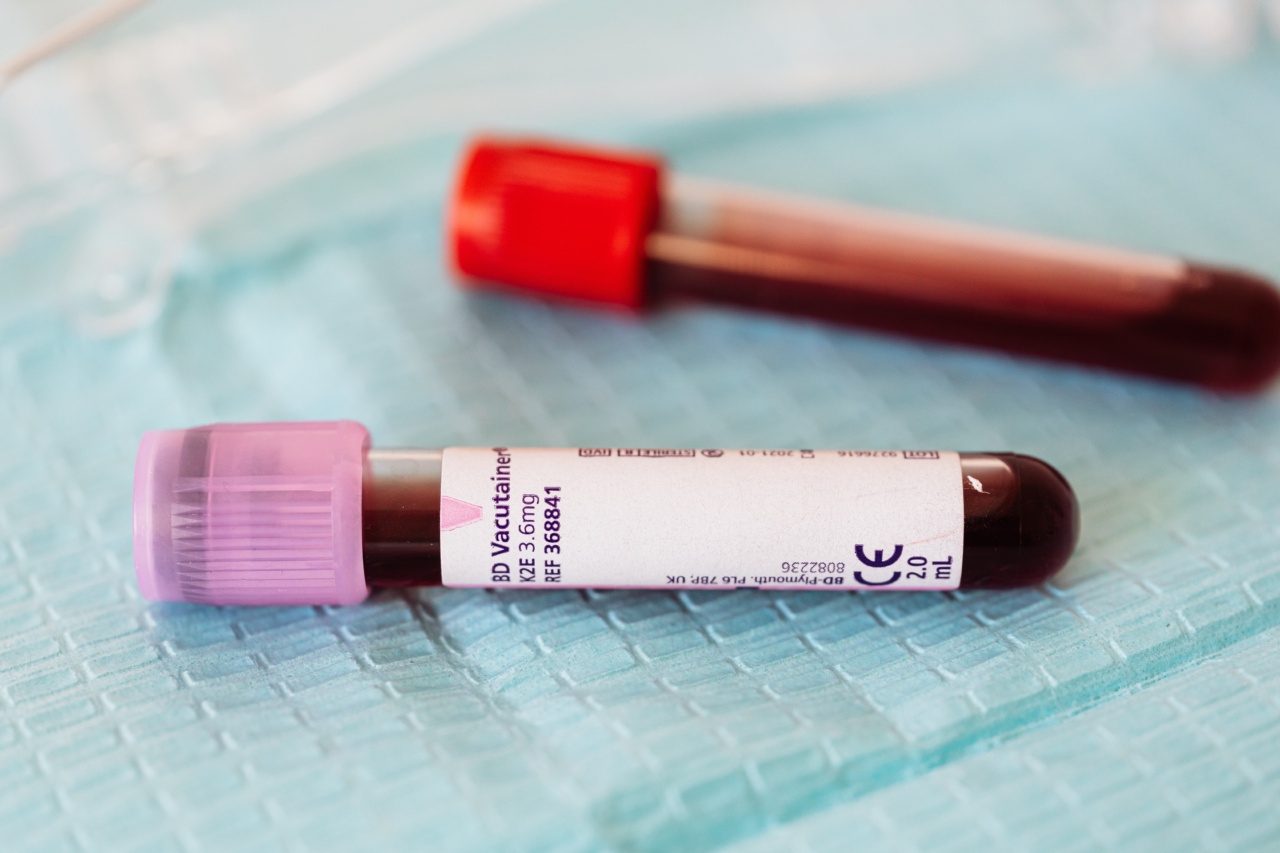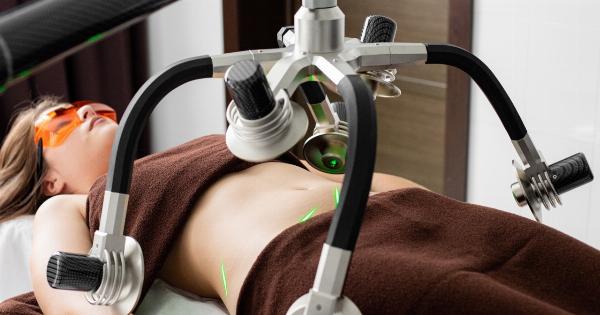Varicose veins are enlarged, twisted, and often painful veins that appear dark blue or purple. They usually occur in the legs, but can also form elsewhere in the body. Varicose veins are a common problem that affects millions of people worldwide.
While varicose veins may not always be a serious medical condition, if left untreated, they can increase the risk of developing blood clots.
Blood clots can be life-threatening if they travel to the lungs, heart, or brain, leading to complications such as pulmonary embolism, heart attack, or stroke.
What Causes Varicose Veins?
Varicose veins are caused by weakened or damaged valves in the veins, which allows blood to flow backward and pool in the veins. This results in twisted and enlarged veins that are visible from the surface of the skin.
There are several factors that can increase the risk of developing varicose veins, including:.
- Age: As you get older, your veins can lose elasticity, making them more prone to damage.
- Gender: Women are more likely to develop varicose veins than men, likely due to hormonal changes that can weaken vein walls.
- Pregnancy: The increased pressure on the veins from the growing fetus can cause varicose veins to form.
- Obesity: Having excess weight puts additional pressure on the veins.
- Prolonged standing or sitting: This can prevent blood from flowing properly through the veins, leading to varicose veins.
- Family history: If other family members have had varicose veins, you may be more likely to develop them as well.
Why Do Varicose Veins Increase the Risk of Blood Clots?
Varicose veins can increase the risk of blood clots because they cause blood to pool in the veins and become stagnant. This can lead to the formation of clots, which can travel to other parts of the body and cause serious complications.
If a blood clot travels to the lungs, it can cause a pulmonary embolism, which can result in shortness of breath, chest pain, or even sudden death.
If a blood clot travels to the heart, it can cause a heart attack, and if it travels to the brain, it can cause a stroke.
How Can You Reduce the Risk of Blood Clots?
If you have varicose veins, there are several things you can do to reduce your risk of developing blood clots:.
- Exercise regularly: Regular exercise can improve circulation and prevent blood from pooling in the veins.
- Elevate your legs: Elevating your legs above your heart can help improve blood flow and reduce swelling.
- Avoid sitting or standing for prolonged periods: If you have to sit or stand for a long time, take breaks every 30 minutes to move around and stretch your legs.
- Wear compression stockings: These stockings can help improve circulation and prevent blood from pooling in the veins.
- Maintain a healthy weight: Losing weight can reduce the pressure on your veins and improve circulation.
- Avoid tight clothing: Tight clothing can restrict blood flow and make varicose veins worse.
When Should You See a Doctor?
If you have varicose veins, you should see a doctor if you experience any of the following symptoms:.
- Pain or swelling in the legs
- Changes in the color of the skin near the veins
- Bleeding from the veins
- Ulcers near the veins
- Signs of infection, such as redness, warmth, or tenderness in the affected area
If you have a history of blood clots or have any other risk factors for developing blood clots, you should also talk to your doctor about ways to reduce your risk.
Treatment Options for Varicose Veins
If your varicose veins are causing significant pain or other symptoms, your doctor may recommend one of the following treatment options:.
- Sclerotherapy: This involves injecting a solution into the affected veins, which causes them to collapse and eventually disappear.
- Endovenous laser treatment: This involves using a laser to close off the affected veins.
- Radiofrequency ablation: This involves using radio waves to close off the affected veins.
- Venous stenting: This involves inserting a small metal mesh tube into the affected veins to keep them open and improve blood flow.
While these treatments can be effective in relieving symptoms and reducing the risk of blood clots, they are not always necessary.
In many cases, lifestyle changes such as exercise, weight loss, and wearing compression stockings can be enough to manage varicose veins.
Conclusion
Varicose veins are a common problem that affects millions of people worldwide. While they may not always be a serious medical condition, untreated varicose veins can increase the risk of developing blood clots, which can be life-threatening.
By making lifestyle changes such as exercising regularly, wearing compression stockings, and avoiding prolonged sitting or standing, you can reduce your risk of developing blood clots and manage your symptoms.































